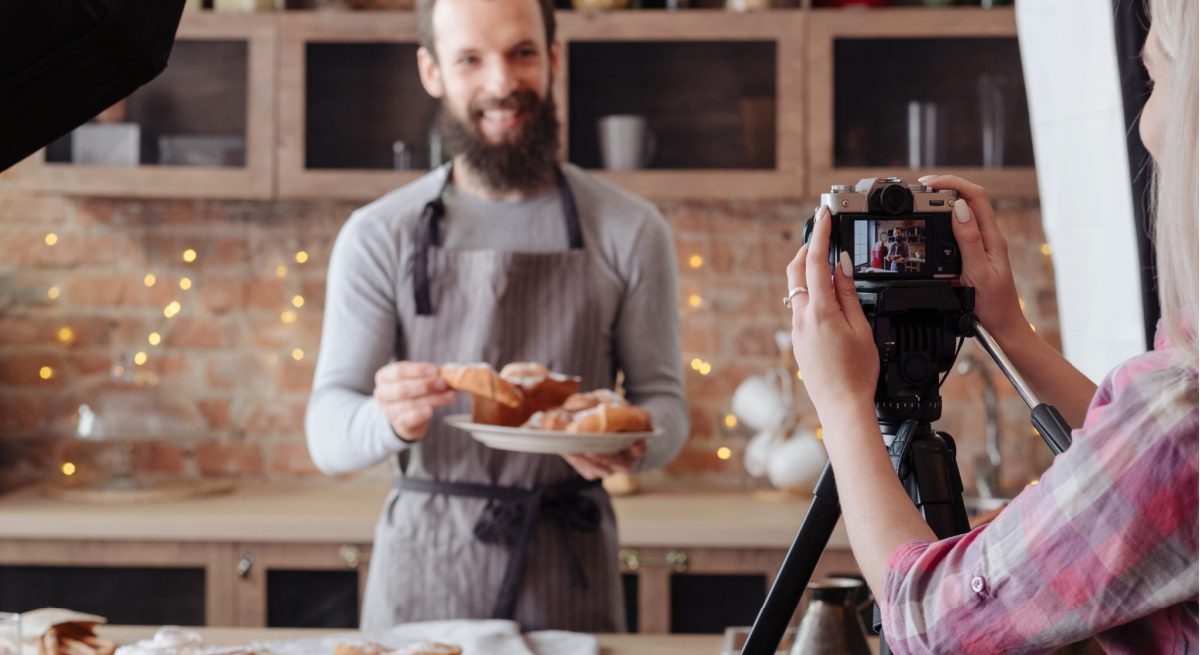Four Innovative Pandemic Restaurant Marketing Strategies that Need to Continue
3 Min Read By Roy Lamphier
Due to the pandemic, restaurants everywhere were forced to examine their marketing strategies, to dig deep into their creative depths, and in many cases, move beyond their typical comfort zones.Restaurants that closed completely during emergency shut-downs were faced with the challenge of remaining top-of-mind when their patrons weren’t able to dine with them and ways in which to alert them to business changes, among other things. Additionally, they needed a strong communications roadmap to follow as they reopened.
Other restaurants never completely closed but were met with the immense task of sharing new protocols and offerings at a sometimes seemingly dizzying rate, including offerings of curbside pickup, delivery options and revised hours of operation, as well as in implementing preemptive customer safety precautions.
Restaurateurs took to social media en masse to spread their messages and capture their share of audience. They sent creative eblasts to keep customers informed…
Sorry, You've Reached Your Article Limit.
Register for free with our site to get unlimited articles.
Already registered? Sign in!


